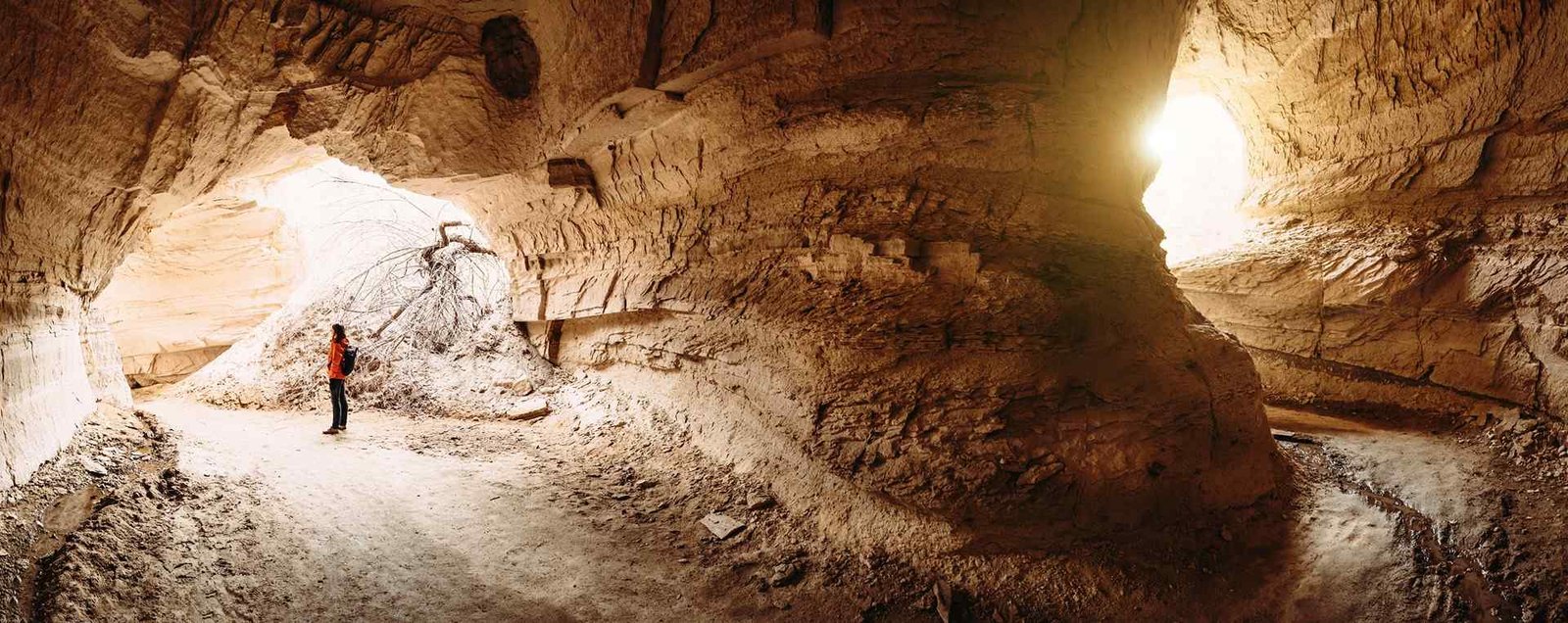Cappadocia’s underground cities are not only unique architectural marvels but also a testament to the area’s rich history. These underground cities were built during the Hittite era and expanded during the early Christian period to serve as a refuge for the local population from hostile invasions. In this blog post, we’ll explore the fascinating history of Cappadocia’s underground cities and how they evolved over time.
The earliest recorded history of underground cities in Cappadocia dates back to the Hittite period, around 1200 BC. The Hittites built underground tunnels and chambers for protection from the invasions of the Assyrians. These tunnels were dug into the soft volcanic rock of the region, which made it easier to carve out complex structures.
Later, during the Roman and Byzantine eras, these underground cities were expanded and used as hideouts for the Christian communities, who were facing persecution from the Roman Empire. The underground cities were large enough to accommodate entire communities, complete with churches, living quarters, kitchens, and storage areas.
In the 4th century AD, Saint Basil of Caesarea wrote about these underground cities in his sermons, describing them as a refuge for the persecuted Christians. The underground cities were also used as hiding places during the Arab-Byzantine wars in the 7th and 8th centuries.
During the Seljuk period in the 11th and 12th centuries, the underground cities were used for commercial purposes. They were used as storehouses for goods, as well as for protection from bandits and raiders. The Seljuks also built caravanserais above the ground, which were used as rest stops for traders traveling along the Silk Road.
In the 13th century, the Mongol invasions led to the abandonment of many underground cities. However, some continued to be used by the local population, especially during times of war and conflict. Later, during the Ottoman era, the underground cities were used as refuges for the persecuted Christians from Eastern Anatolia.
Today, these underground cities are considered an architectural and historical marvel, and many of them have been opened to the public for tourism purposes. They offer a glimpse into the lives of the people who lived in them and the challenges they faced. Visitors can explore the winding tunnels, chambers, and caves, and marvel at the intricate engineering and architectural features.
In conclusion, Cappadocia’s underground cities are a testament to the ingenuity, resilience, and adaptability of the people who built and lived in them. From the Hittite era to the present day, they have served as a refuge, a hideout, a storehouse, and a cultural treasure. Exploring these underground cities is a must-do for anyone visiting Cappadocia.




